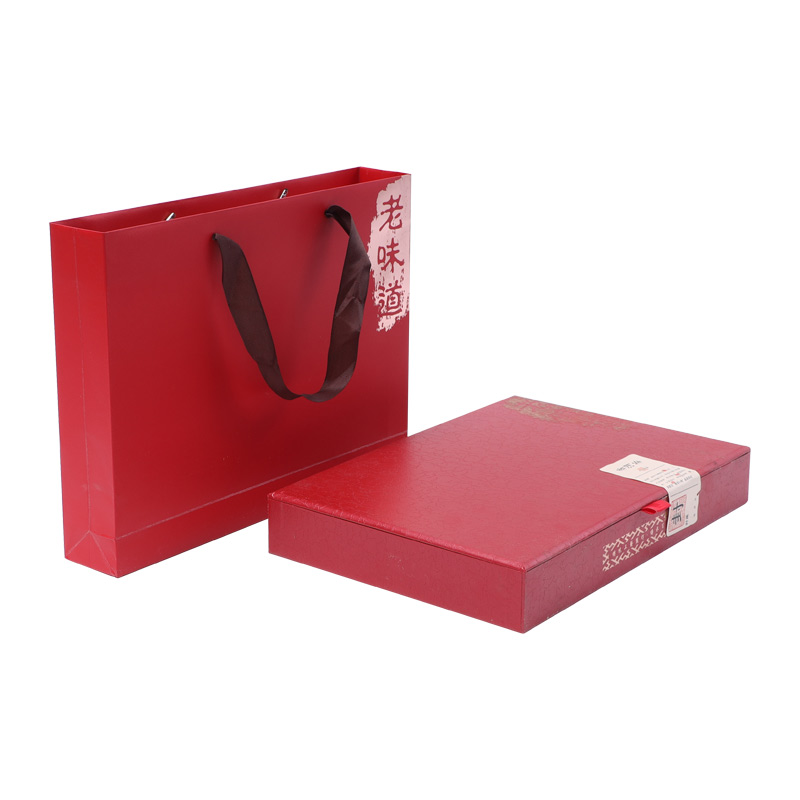Introduction
The widespread use of single-use plastics has led to environmental problems such as pollution and climate change. As a result, there is an urgent need for sustainable alternatives to plastics. One such alternative is paper bags. Paper bags are made from renewable resources and are biodegradable, making them an eco-friendly alternative to plastic bags. However, the design of paper bags can significantly affect consumer perceptions and usage behavior. This study aims to explore the impact of paper bag design on consumer behavior and the factors that influence their decision to use paper bags.

Methodology
A survey was conducted among 500 participants to understand the relationship between paper bag design and consumer behavior. The participants were presented with different paper bag designs and asked to rate their preference and likelihood of reuse. The designs included plain paper bags, printed bags with branding, and bags with handles.
Results
The results showed that the design of paper bags has a significant impact on consumer behavior. Participants preferred paper bags with branding over plain bags, indicating that branding can positively influence their perception of the bag. Additionally, paper bags with handles were preferred over bags without handles, making it easier for consumers to carry their purchases.
Furthermore, participants were more likely to reuse paper bags with handles compared to those without handles. This suggests that the convenience of the bag can influence consumer behavior and promote reuse.
Discussion
The findings of this study have several implications for businesses and policymakers. First, businesses should consider the design of their paper bags to align with consumer preferences and encourage reuse. By incorporating branding and handles, businesses can improve the perceived value of the bag and make it easier for consumers to carry their purchases. This could lead to increased usage of paper bags and reduced reliance on plastic bags.
Second, policymakers can use these findings to promote the use of paper bags as a sustainable alternative to plastic. By emphasizing the benefits of paper bags and encouraging businesses to design bags that are convenient and appealing to consumers, policymakers can help to reduce plastic waste and promote sustainable behavior.
Third, the study highlights the importance of consumer education and awareness. Consumers may not be aware of the environmental benefits of using paper bags over plastic bags, or may not realize the impact of their behavior on the environment. Therefore, education and awareness campaigns can be an effective way to promote the use of paper bags and encourage sustainable behavior.
Finally, further research could explore other factors that influence consumer behavior towards paper bags, such as the material and thickness of the bag. Understanding the full range of factors that influence consumer behavior can help businesses and policymakers to design effective interventions that promote sustainable behavior.
Conclusion
In conclusion, this study demonstrates that the design of paper bags has a significant impact on consumer perceptions and behavior. Consumers prefer paper bags with branding and handles, and are more likely to reuse bags that are convenient and easy to carry. Businesses and policymakers can use these findings to promote the use of paper bags as a sustainable alternative to plastic and encourage sustainable behavior among consumers.


